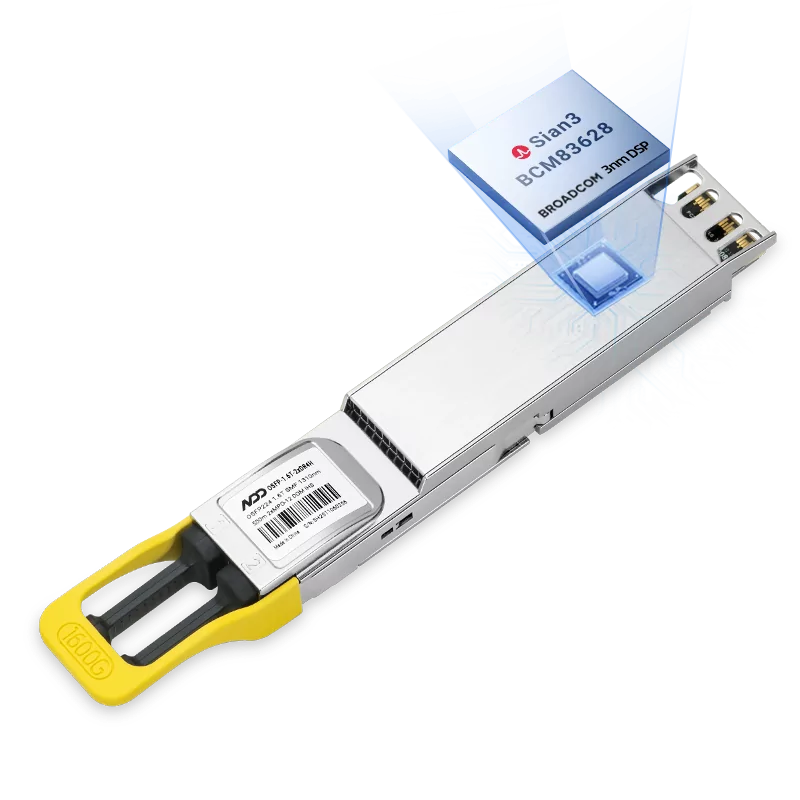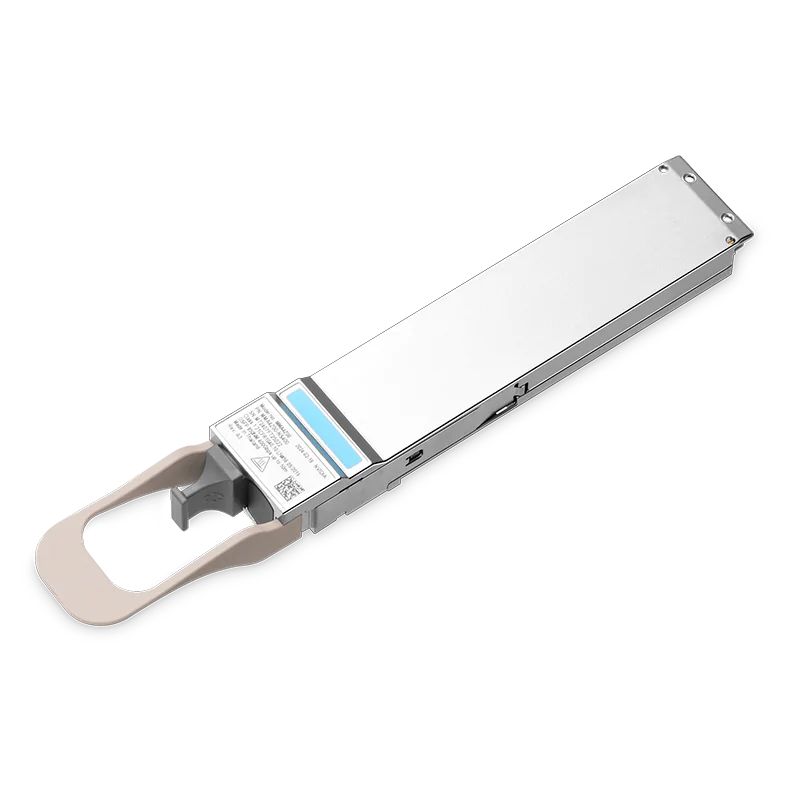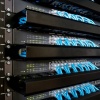Find the best fit for your network needs

share:
 800GBASE-2xSR4 OSFP PAM4 850nm 50m MMF Module
800GBASE-2xSR4 OSFP PAM4 850nm 50m MMF ModuleLearn More
Popular
- 1Building and Optimizing Large-Scale GPU Clusters: Insights and Innovations
- 2In-Depth Look at NADDOD's OSFP 800G DR8 and 400G DR4 InfiniBand NDR Transceivers
- 3The Latest Trends in Backbone Network Optical Communications
- 4The Key Role of High-quality Optical Transceivers in AI Networks
- 5Common Problems While Using Optical Transceivers in AI Clusters










































